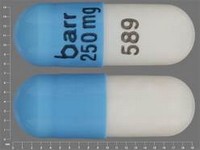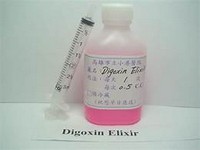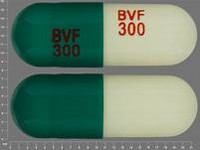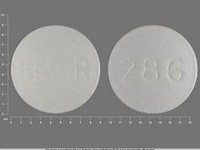isoniazid

isoniazid
CLINICAL USE
Antibacterial agent:Treatment and prophylaxis of tuberculosis in ‘at risk’ immunocompromised patientsDOSE IN NORMAL RENAL FUNCTION
IM/IV: 200–300 mg daily Oral: 5 mg/kg to a maximum of 300 mg in single or divided dosesIntermittent regimes: 15 mg/kg twice weekly or 10 mg 3 times weeklyProphylaxis: 100–200 mg daily Intrapleural: 50–250 mg Intrathecal: 25–50 mg dailyPHARMACOKINETICS
DOSE IN RENAL IMPAIRMENT
GFR (mL/MIN)
DOSE IN PATIENTS UNDERGOING RENAL REPLACEMENT THERAPIES
IMPORTANT DRUG INTERACTIONS
Potentially hazardous interactions with other drugsADMINISTRATION
Reconstition
Dilute with water for injection if requiredRoute
Oral, IM, IV, intrapleural, intrathecalRate of Administration
Not critical. Give by slow IV bolusComments
–OTHER INFORMATION
Adjust dose accordingly if hepatic illness, slow/fast acetylator status identifiedPyridoxine 10 mg daily has been recommended for prophylaxis of peripheral neuritis
See how to identify renal failure stages according to GFR calculation
See how to diagnose irreversible renal disease
Home








